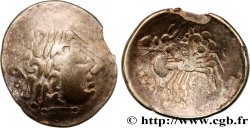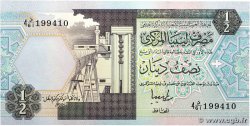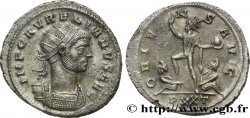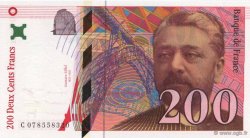bga_702935 - SEQUANI - HELVETII, Unspecified (Currently Switzerland) Potin au cheval filiforme, “type de la Tène”
Not available.
Item sold on our e-shop (2023)
Price : 200.00 €
Item sold on our e-shop (2023)
Price : 200.00 €
Type : Potin au cheval filiforme, “type de la Tène”
Date: Ier siècle avant J.-C.
Metal : potin
Diameter : 18,5 mm
Orientation dies : 10 h.
Weight : 3,57 g.
Rarity : R2
Coments on the condition:
Monnaie centrée, avec une jolie tête au droit. Patine sombre
Catalogue references :
Obverse
Obverse legend : ANÉPIGRAPHE.
Obverse description : Tête à gauche, le cou massif et la chevelure en trois mèches remontantes.
Reverse
Reverse legend : ANÉPIGRAPHE.
Reverse description : Cheval très fin et stylisé à droite ; la queue relevée au-dessus de la croupe ; trois globules au-dessus de la queue.
Commentary
Ce type de potin est traditionnellement attribué aux Helvètes ; c’est l’un des deux types de potin helvètes.
Ces potins sont encore mal connus, mais certains exemplaires ont un trait horizontal joignant les deux jambes du cheval, d’autres ont des globules au-dessus de la queue ; cet exemplaire a ces deux particularités !
Les auteurs du Nouvel Atlas précisent que “les provenances de ce type se situent essentiellement en Suisse de l'Ouest et du Nord-Ouest”.
This type of potin is traditionally attributed to the Helvetians; it is one of the two types of Helvetian potin. These potins are still poorly known, but some examples have a horizontal line joining the two legs of the horse, others have globules above the tail; this example has both of these characteristics! The authors of the New Atlas specify that “the provenances of this type are mainly located in Western and Northwestern Switzerland.”
Ces potins sont encore mal connus, mais certains exemplaires ont un trait horizontal joignant les deux jambes du cheval, d’autres ont des globules au-dessus de la queue ; cet exemplaire a ces deux particularités !
Les auteurs du Nouvel Atlas précisent que “les provenances de ce type se situent essentiellement en Suisse de l'Ouest et du Nord-Ouest”.
This type of potin is traditionally attributed to the Helvetians; it is one of the two types of Helvetian potin. These potins are still poorly known, but some examples have a horizontal line joining the two legs of the horse, others have globules above the tail; this example has both of these characteristics! The authors of the New Atlas specify that “the provenances of this type are mainly located in Western and Northwestern Switzerland.”







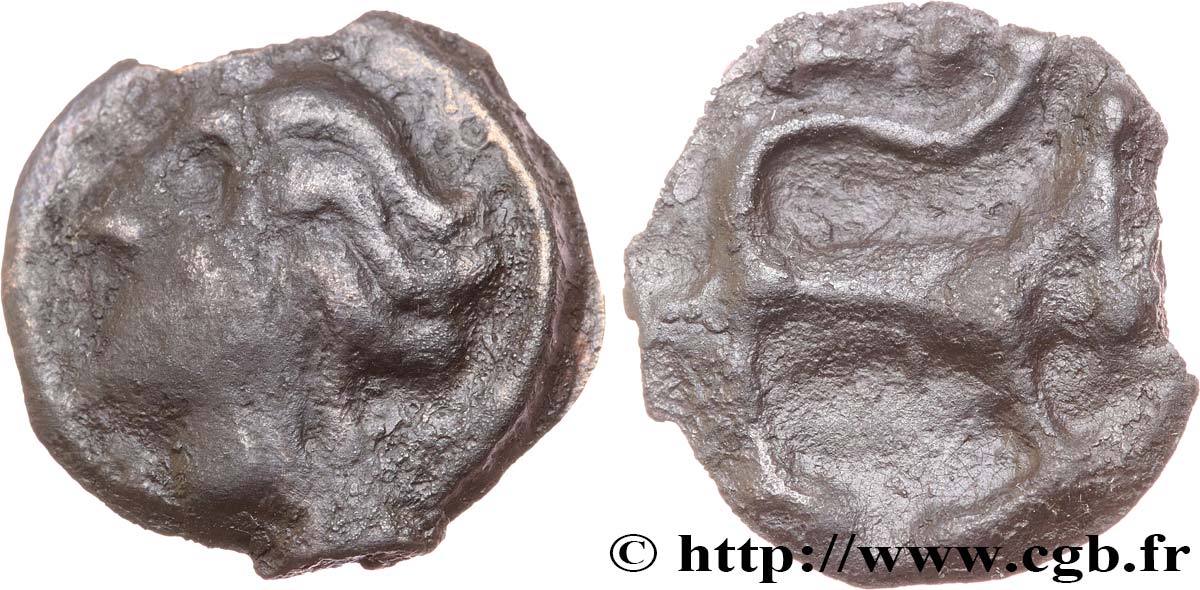
 Report a mistake
Report a mistake Print the page
Print the page Share my selection
Share my selection Ask a question
Ask a question Consign / sell
Consign / sell
 Full data
Full data
